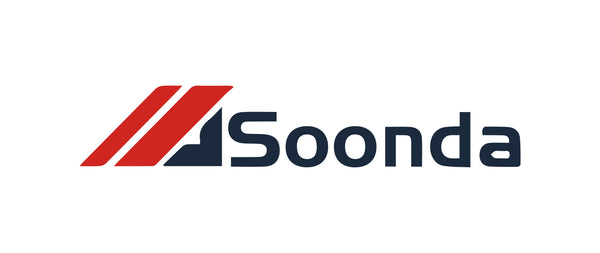How to Set Up and Calibrate Your Laser Engraving Machine for Optimal Performance
Share
As a proud owner of a Shopify store, I understand the importance of delivering high-quality products to my customers. That's why I only source from reliable and reputable brands such as Ortur, Aufero, and DAJA. In this article, I will guide you through the process of setting up and calibrating your laser engraving machine to ensure optimal performance. So, let's get started!
What is a Laser Engraving Machine?
A laser engraving machine is a highly precise tool that uses a laser beam to etch or engrave designs on various materials such as wood, plastic, and metal. It is commonly used in the manufacturing industry, personalized gift industry, and even in the hobbyist community. With its ability to create intricate designs and patterns, it has become a popular choice for many businesses and individuals.
Step 1: Unpacking and Assembling Your Machine
The first step in setting up your laser engraving machine is to unpack and assemble it. Make sure to read the instruction manual carefully and follow the steps accordingly. Most machines come with all the necessary tools and parts, but it's always a good idea to have a few extra tools handy, just in case.
Once you have assembled your machine, make sure to place it on a flat and stable surface. This will ensure that your machine remains steady and prevents any vibrations that may affect the accuracy of your engravings.
Step 2: Connecting Your Machine to a Computer
Next, you need to connect your machine to a computer. Most laser engraving machines use USB ports to connect to a computer. It's always a good idea to check the compatibility of your machine with your computer before purchasing it. Once connected, make sure to install any necessary drivers or software that may be required for your machine to function properly.
Step 3: Calibrating Your Machine
Calibrating your laser engraving machine is crucial to achieving optimal performance. It involves adjusting the laser power, speed, and resolution to suit the material you will be engraving on. Different materials require different settings, and it's always a good idea to conduct a test run before starting a large project.
Start by placing a small piece of the material you will be engraving on the machine's bed. Make sure it is firmly secured in place to prevent any movement during the engraving process. Then, using the software provided with your machine, adjust the laser power, speed, and resolution. Start with a low power and gradually increase it until you achieve the desired result. Repeat this process for different materials to determine the best settings.
Step 4: Maintenance and Safety
Proper maintenance of your laser engraving machine is essential to ensure its longevity and optimal performance. Make sure to clean the machine regularly and remove any debris or dust that may have accumulated on the lens or the bed. You should also regularly check the machine's alignment to ensure that it is still producing accurate engravings.
Safety should also be a top priority when using a laser engraving machine. Make sure to always wear protective gear and follow the safety instructions provided by the manufacturer. It's also important to regularly check the machine's ventilation to prevent any overheating issues.
Conclusion
With the proper setup and calibration, your laser engraving machine can deliver high-quality and precise engravings every time. Make sure to follow the steps outlined in this article and regularly maintain your machine to ensure optimal performance. Happy engraving!
